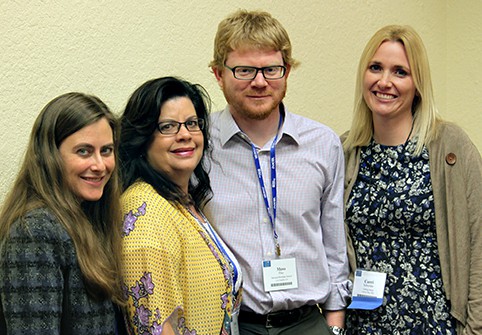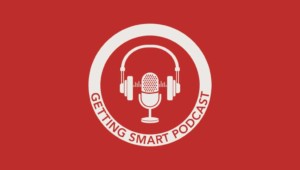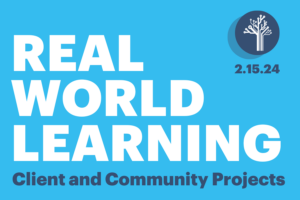Entry Points Into Blended Learning Implementation

As advocates for next gen learning, we spend a lot of time surveying the field and creating resources that speak to specific needs identified by schools and districts. As more and more schools see the merits of new approaches to teaching and learning and launch efforts like blended learning implementation, we’ve noticed that many folks simply don’t know where to begin. We always encourage school and district leaders to begin with specific learning goals then move on to decisions around models, technology, staffing, etc. In our discussions with hundreds of schools and districts across the country, we’ve found that there are some common “entry points.”
Often schools and districts start with using educational technology for students at the margins – to fill gaps for Advanced Placement students or credit recovery students – then gradually work their way across the full spectrum until all students are given these personalized learning opportunities. But this isn’t always the case. One entry point that somewhat surprised us, and encouraged us to create a pair of resources in partnership with Rosetta Stone, is world language learning as an entry point.
The first resource – The Next Generation of World Language Learning – advocates for accessible, high-quality world language instruction for all students, from elementary through high school. We reviewed the current state of world language instruction and made the case that world language instruction deserves a place in the conversation around new standards, assessments and blended learning opportunities.
The second resource shifts the focus from students to teachers. Elevate and Empower: World Language Instructors as Key Players in the Shift to Competency-Based, Blended Learning explores two key questions:
- Are world language educators uniquely poised to act as leaders in system-wide shifts to new models of personalized learning?
- How can world language educators be elevated and empowered to lead this charge?
In it, we share findings based on a series of interviews with current world language educators. Our “Leaders in the Shift” stories describe teacher-driven transformation from traditional world language instruction to blended, competency-based models.
Both resources offer information about how schools and districts can begin with blended learning in world language classrooms in order to simultaneously serve as entry point for blended learning for all students and equip students with the language skills necessary for global competency.
For links to these papers and infographics and to share these resources with your professional learning network, check out these publications:
Feature photo includes Elevate and Empower teachers and researchers Gisele Falls, Tallwood High School, Lisa Frumkes, Rosetta Stone, Moss Pike, Harvard-Westlake School and Carri Schneider, Getting Smart at iNACOL 2014.





0 Comments
Leave a Comment
Your email address will not be published. All fields are required.